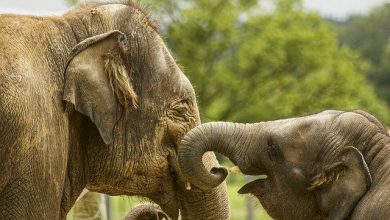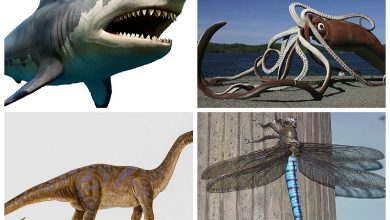Why do only mammals have tusks

Many animals have tusks as a distinguishing trait. Elephants, hippos, warthogs, and walruses all have them. Unfortunately, tusks are often sought by individuals. This is an old feature that predates the dinosaurs, according to new studies.
Birds, fish, and reptiles all lack such a visible and rapidly expanding bodily portion. Tusks are only seen in mammals, yet they were not the first to develop fangs. This is an old feature that predates the dinosaurs, according to new studies.
“We were able to prove that the earliest tusks were from dicynodonts, which arose before contemporary mammals,” said Ken Angelchik, the study’s lead author. “They were odd creatures.”
Dicinodonts existed between 270 and 201 million years ago and ranged in size from rodents to elephants. They resembled reptiles with turtle heads, despite the fact that their closest living relatives are mammals.
Dicynodonts were discovered 176 years ago, and their name means “two fangs,” but scientists have only just determined that they are the progenitors of all creatures with actual tusks.
The truth is that not all projecting teeth are tusks from a biological standpoint. A true tusk protrudes entirely from the animal’s mouth, develops throughout its life, and is made of dentin rather than enamel.
However, some of the dicynodonts analyzed had enamel coatings on projecting teeth, making the surface tougher but preventing it from growing over time. After being broken, real tusks may regrow.




